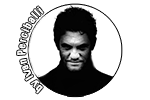
Recuenco was born in Madrid in May 1968, concurring with the “revolutionary spring” taking place in other European capitals, such as Paris or Prague. His vocation to arts was envisaged when he was a child, so nobody was surprised when he registered in the Faculty of Fine Arts of the Complutense University of Madrid, where he achieved a BBAA with a major in Painting.



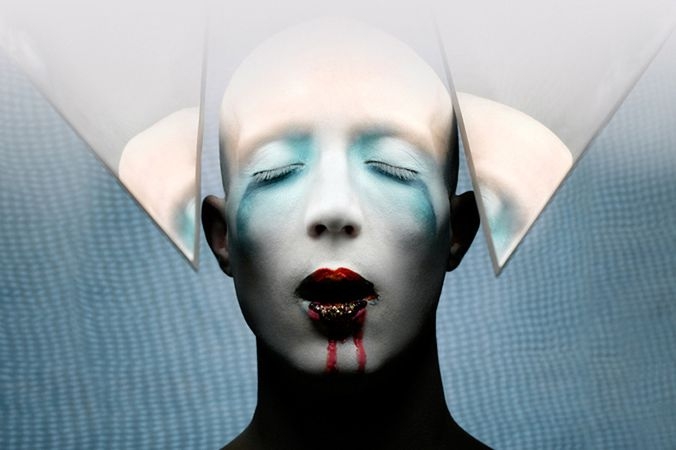
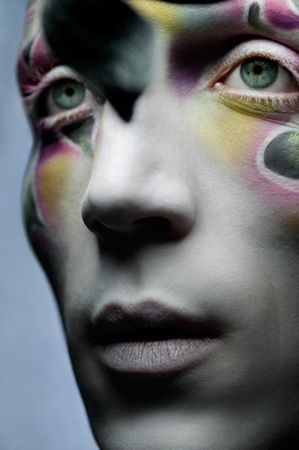

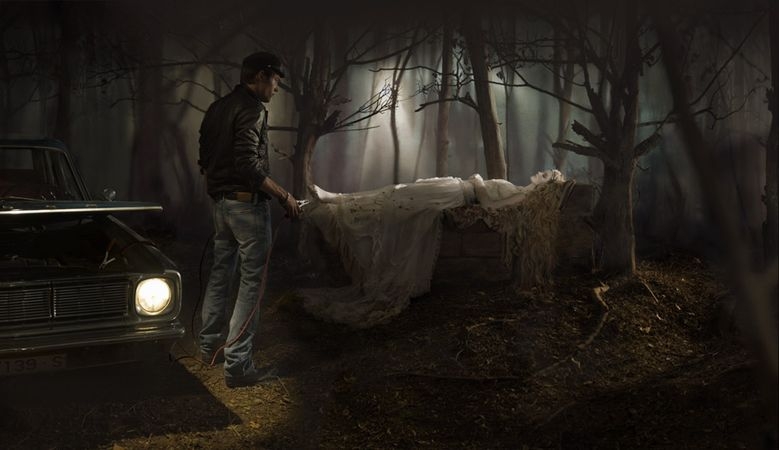
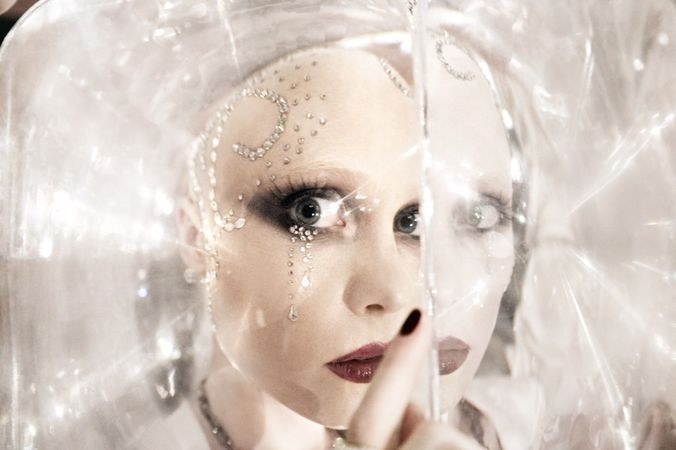



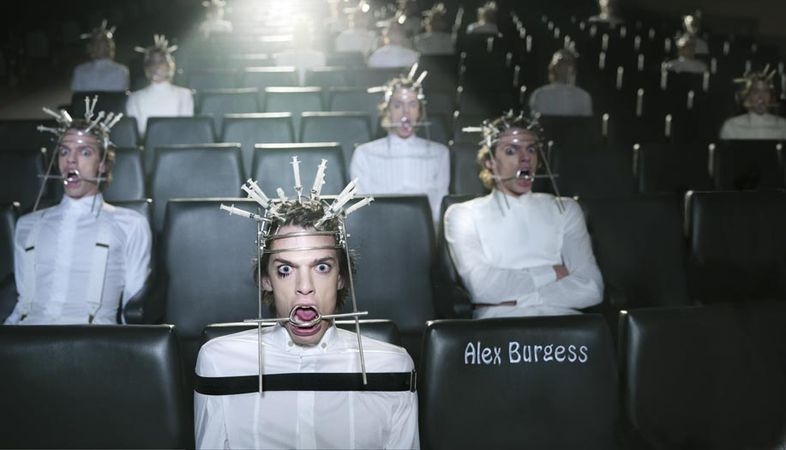


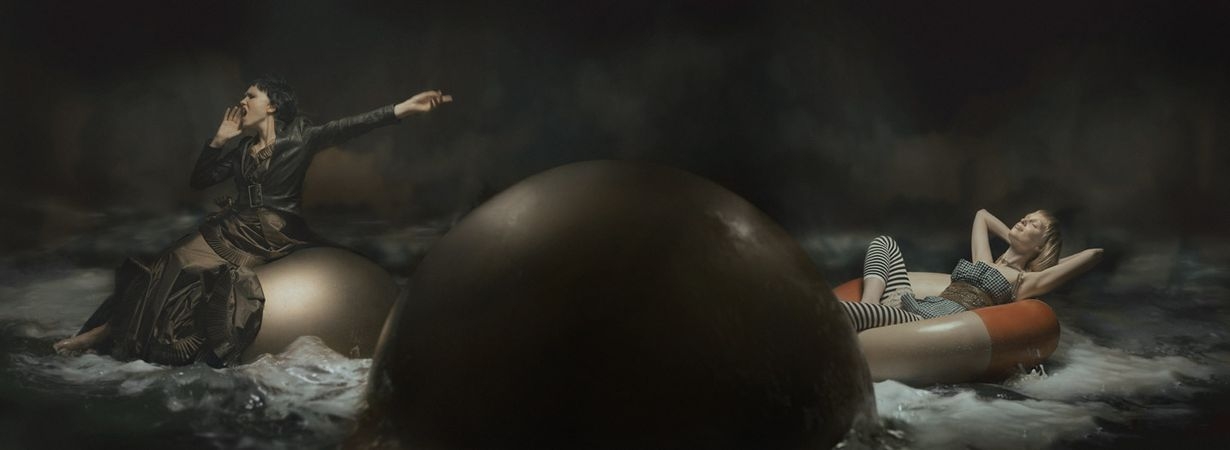
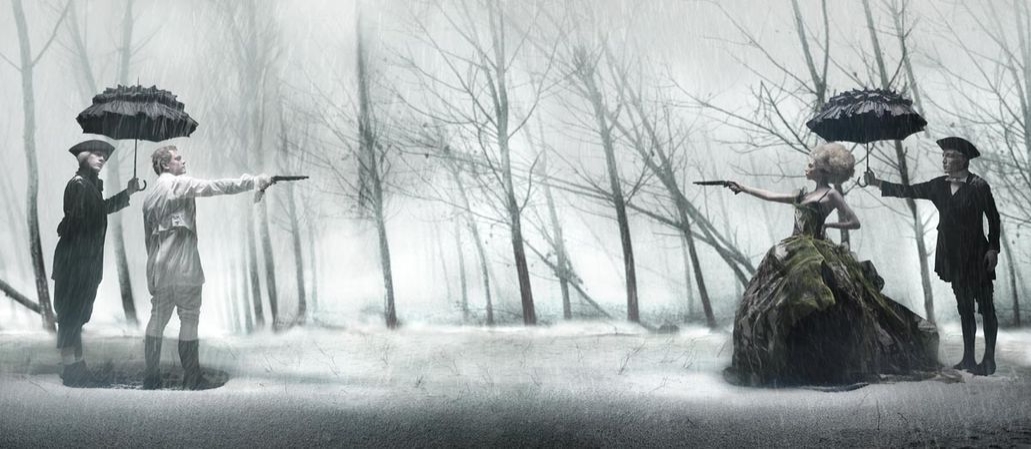
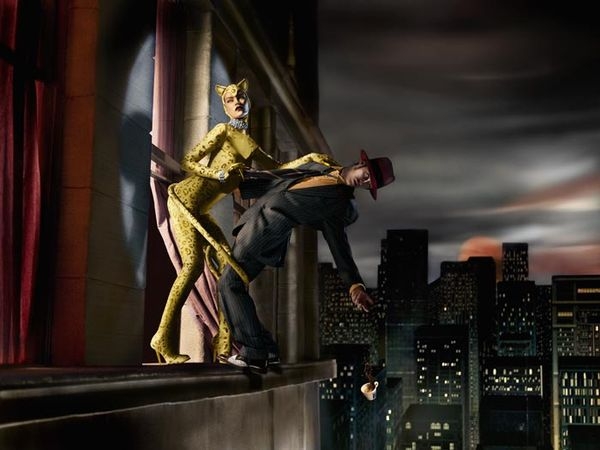




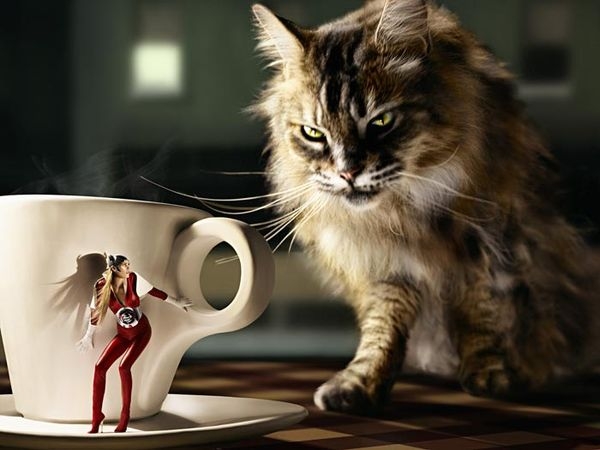

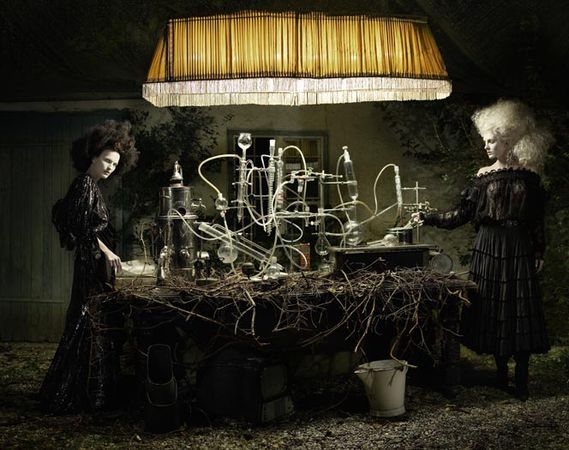

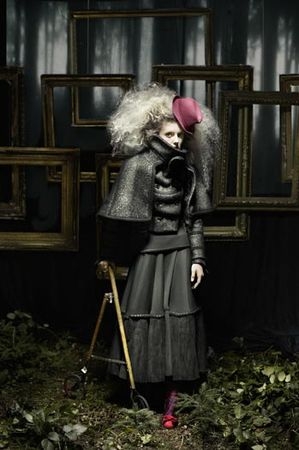
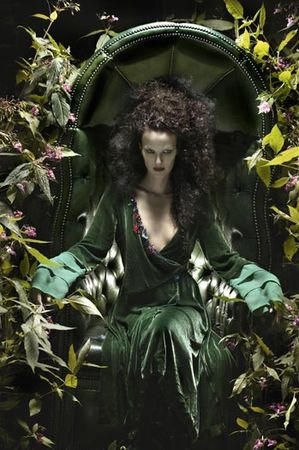
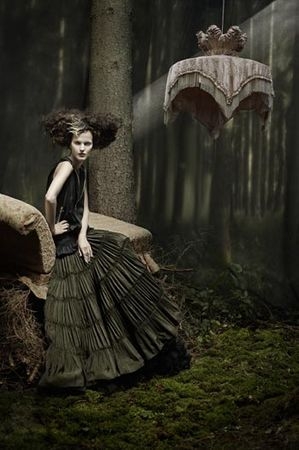
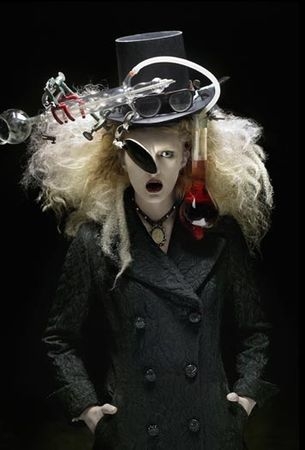
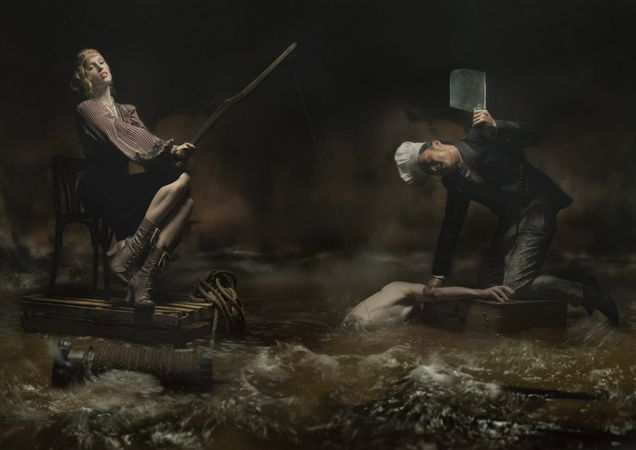
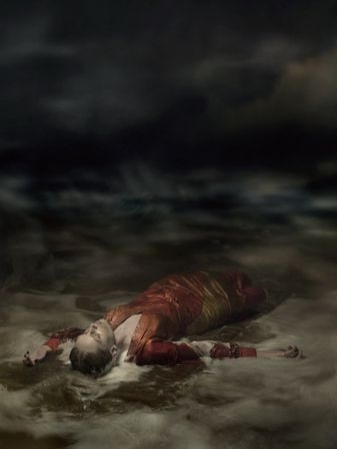



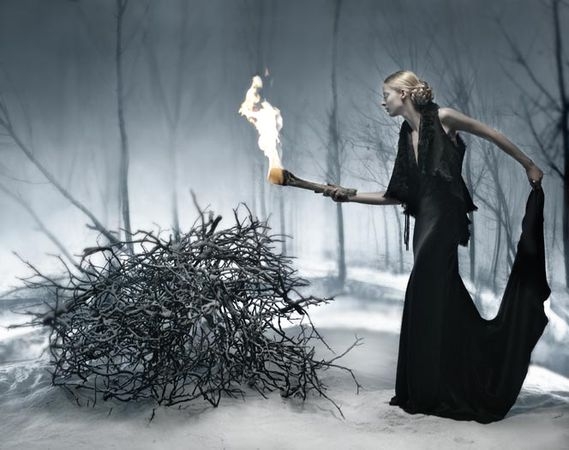
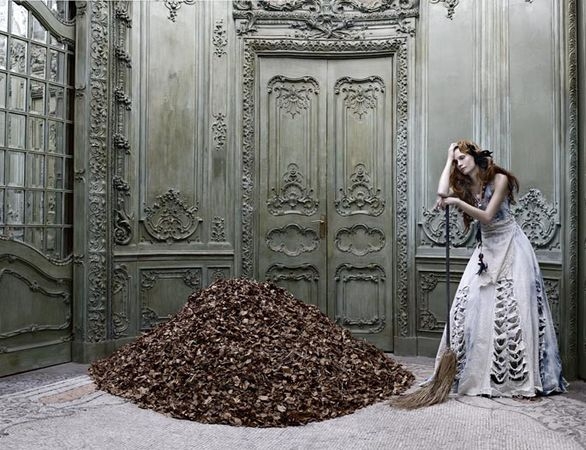
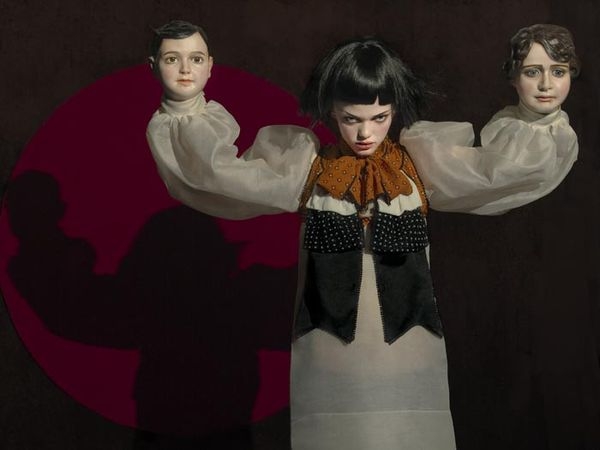
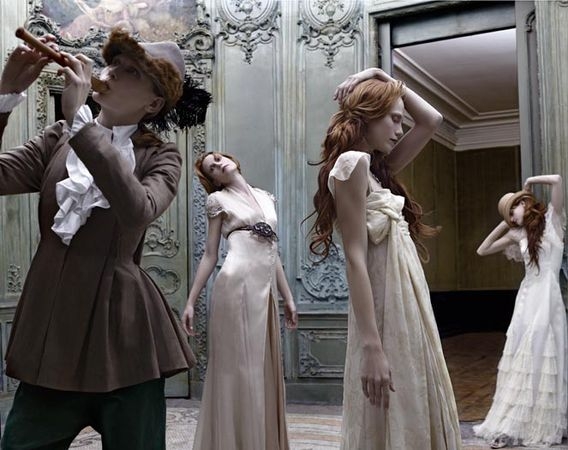
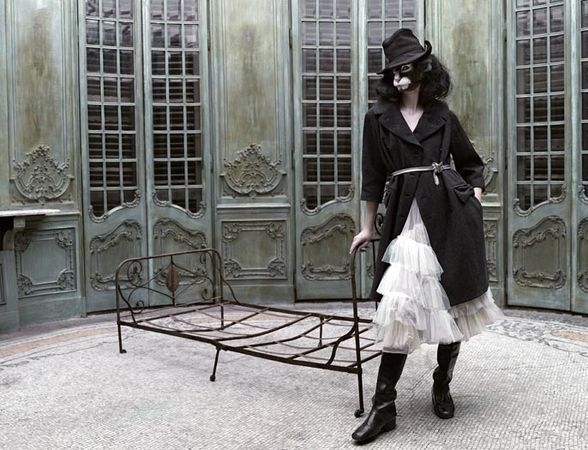
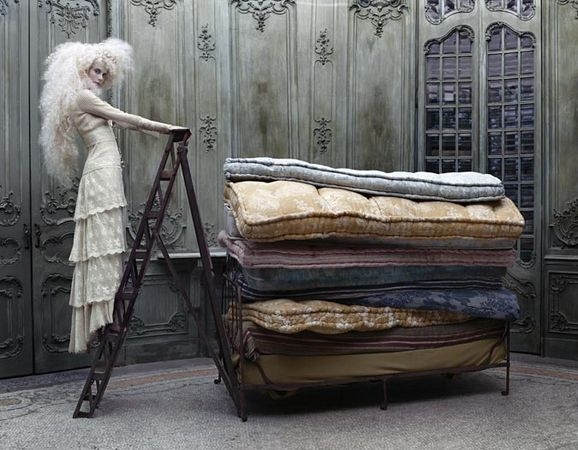
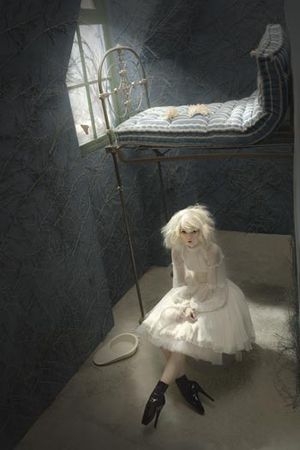

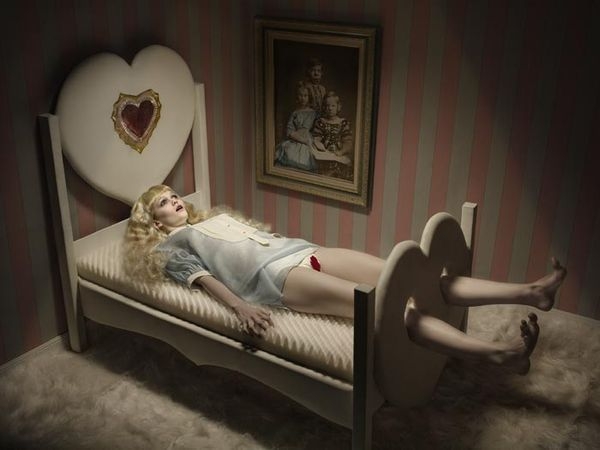



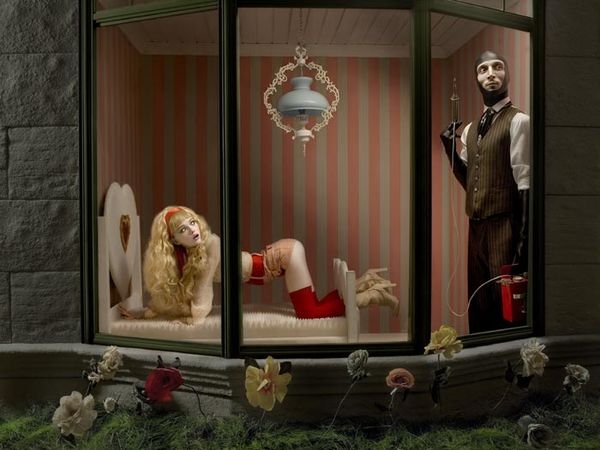
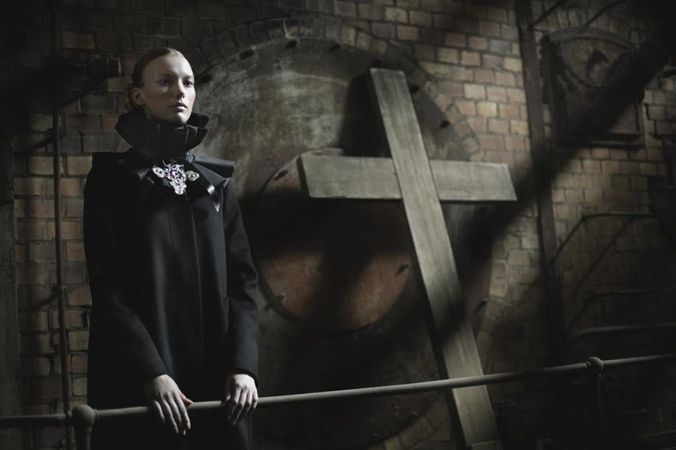
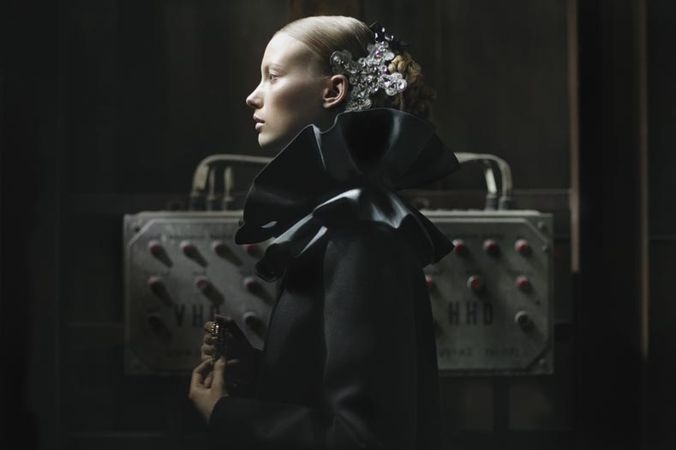

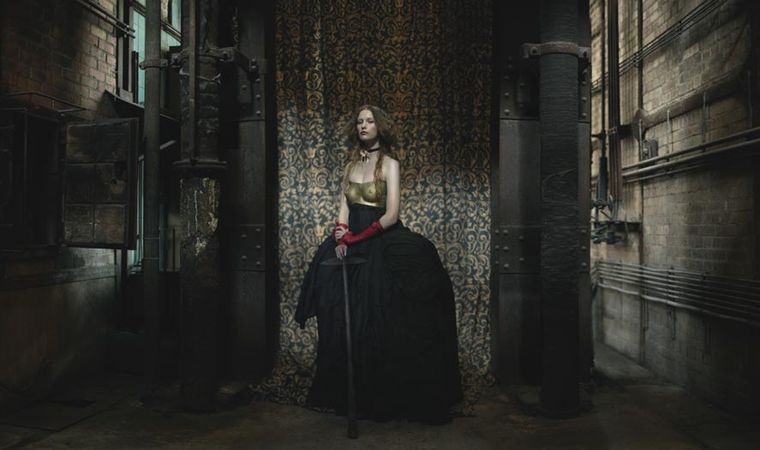
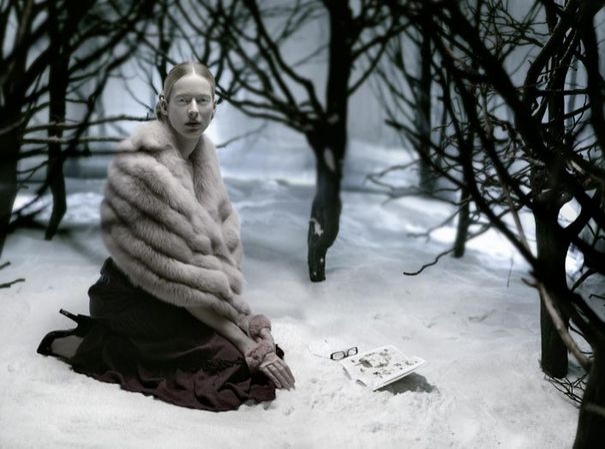

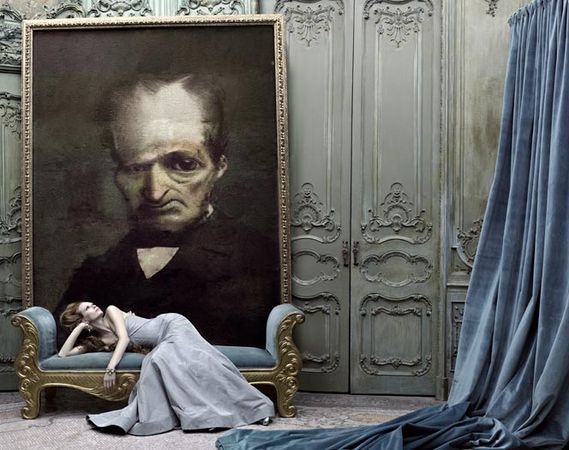

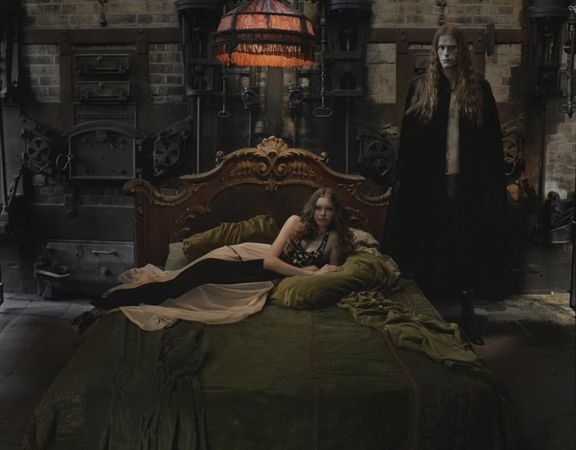
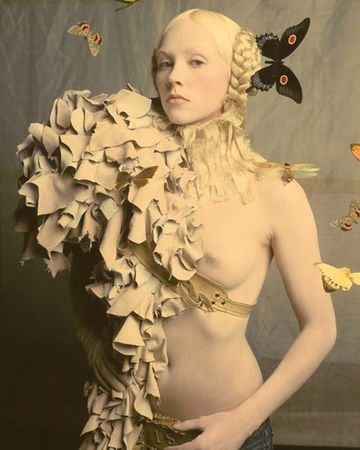
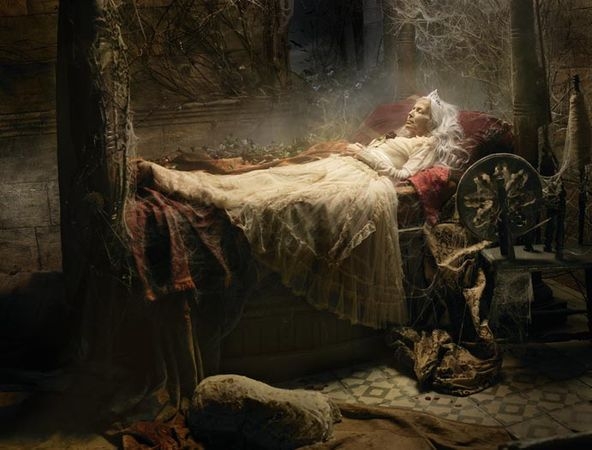

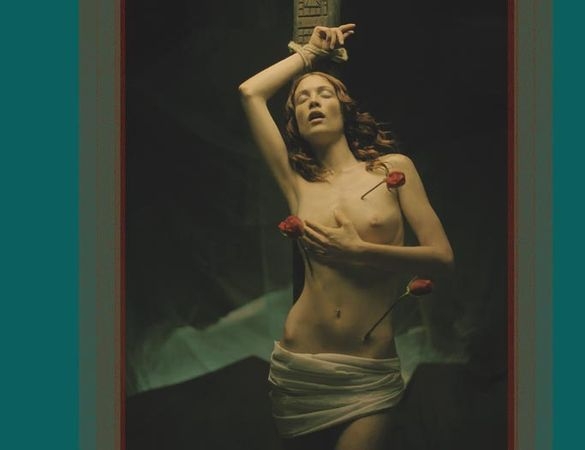
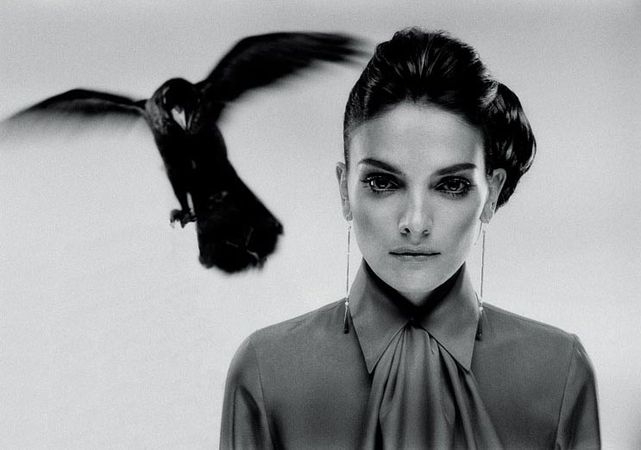
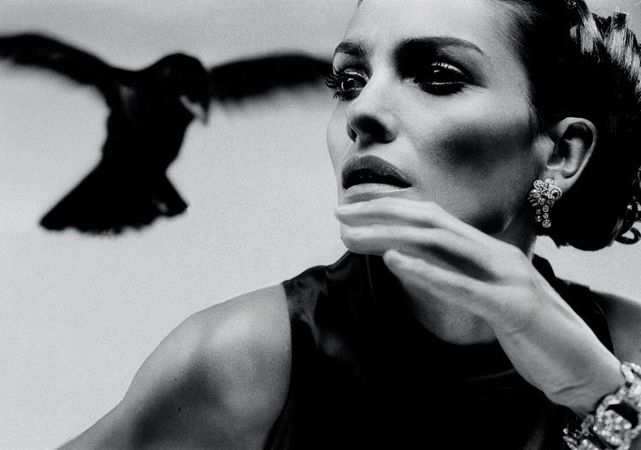
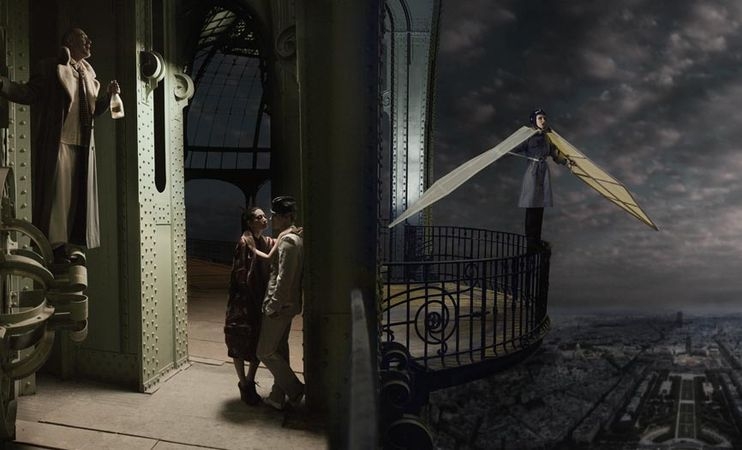
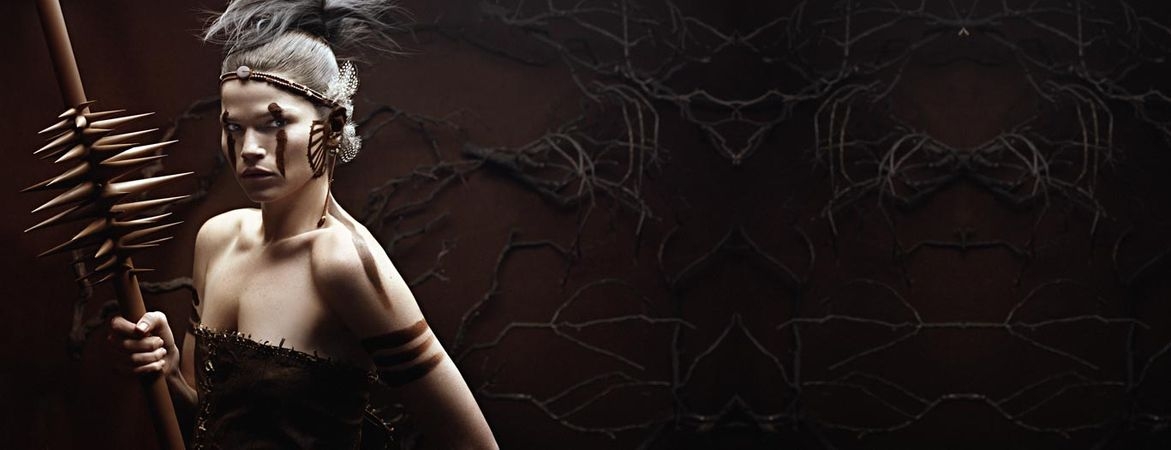
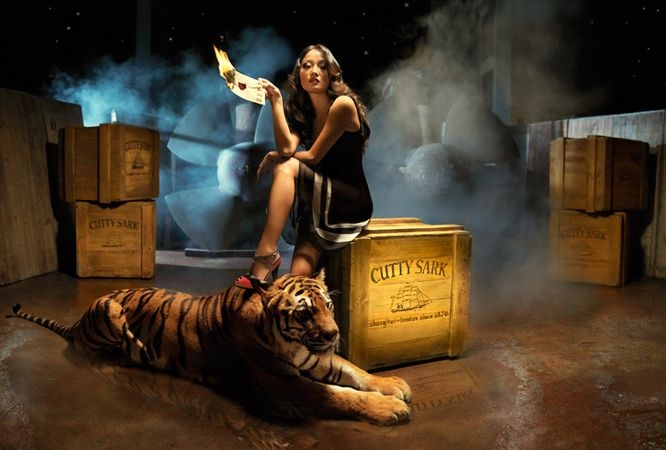



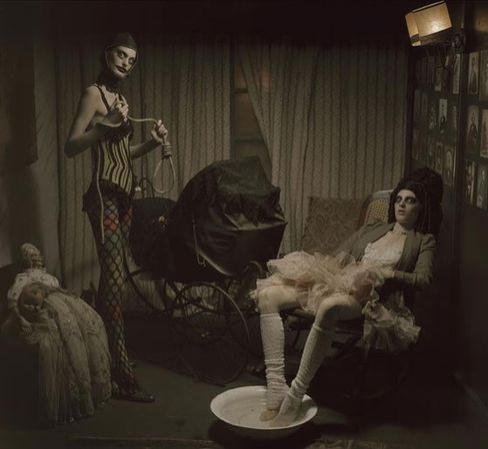
During the first steps of his career, being attracted as well by photography, he specialises in large format paintings in which he included pictures of his own. However, in his own words: “as I could not find a public interested in four-metres-wide canvases, I focused on photography.” Then he begins collaboration with the main Spanish and International fashion magazines (Vogue Spain, Madame Figaro, Wad, Vogue, Spoon, Planet, VanityFair, Stern, Kult, Twill, GQ,Marie Claire2,Vogue UK, Vanity Fair and Zink) and decides to move to Paris so that he could submerge in the painting trends being developed there. Nevertheless, he was sought and found by the advertising world, which lets him be himself, and fashion makes the most out of himself. His first assignment was from Boucheron, but subsequently he was hired by the most prestigious brands (Loewe, Nina Ricci, Diesel, ShangaiTan, Yves Saint Laurent, Playstation, Custo, Le Bon Marché, BSI Lugano, Naf Naf , Mango or Pernod Ricard) to create their products’ image through images making the public travel where their imagination and sensitivity bring them.
He took part in the creaction on Lavazza calendar in 2007 and, in the United States, he was asked to work with Eric Dover in the design of the set and the stage of “The Huguenots” opera, which had its premiere at New York’s Fisher Centre. Nevertheless, Paris made the difference in his career. There, the brand Nina Ricci trusts him and invites him to leave temporarily the photographic camera to take the video camera and shoot a spot. Eugenio Recuenco accepted and filmed his first TV spot, an experience which has repeated for brands such as Loewe, Freixenet, Mango, Codorniu, Chivas Regal, Regione Campania, Vanderbilt and Motorola, among others.
In 2008 his spot “The Essence of Seduction” gained recognition in Spain where it was awarded the prize to the best advertising of the year, while in the Mexico City International Film Festival it was appointed at the best within short film category. From that moment on, Recuenco develops a new aspect of his career and not only has he gone on shooting, short Films “Manuscrit Trouvé Dans L´Oubli “ and video clips for different bands as Rammstein “ Mein Herz Brennt” , but also he has worked on his first full-length film: (W)Hole Time .
Subsequently, in 2013, the Gallery CWC of Berlin organised the first exhibition in Germany of this artist alone. It had such a success that the Kunsthalle museum from Rostock (Germany) was willing to promote his works. Meanwhile, in October 2013, a large part of his work was on exhibition in Paris’ Grand Palais and Stockholm’s Fotografiska in April 2014.
The best national and international critics and experts acknowledge Eugenio Recuenco’s works, leading him to be awarded several prizes.
In this line, he was awarded the National Award of Photography from the Spanish newspaper ABC in 2004, golden and bronze prizes at El Sol advertising festival in 2009, the Cannes Lions trophy in 2006 and 2013, the golden prize to the best original photography at the international festival El Ojo de Iberoamérica, in 2013 and silver and bronze prizes at El Sol advertising festival in 2016
This acknowledgement has become a book or a compilation artwork entitled REVUE, his first book alone. The German publisher teNeues gave him the opportunity to share the works performed along the past 10 years when guiding and focus his camera for models and products with an advertising aim. As a result, this retrospective compiles more than 200 pictures (198 in colour, 31 black and white) where an extraordinary, fresh and lively talent is shown.
His pictures are the result of a complex narrative and a thoroughly handmade set including many references to the history of art, such as the Renaissance, Picasso or Tamara de Lempicka. This truly personal style let him develop spots and shot films with a “plot”, for which he deserve several prizes.
Eugenio Recuenco currently lives behind a camera.

